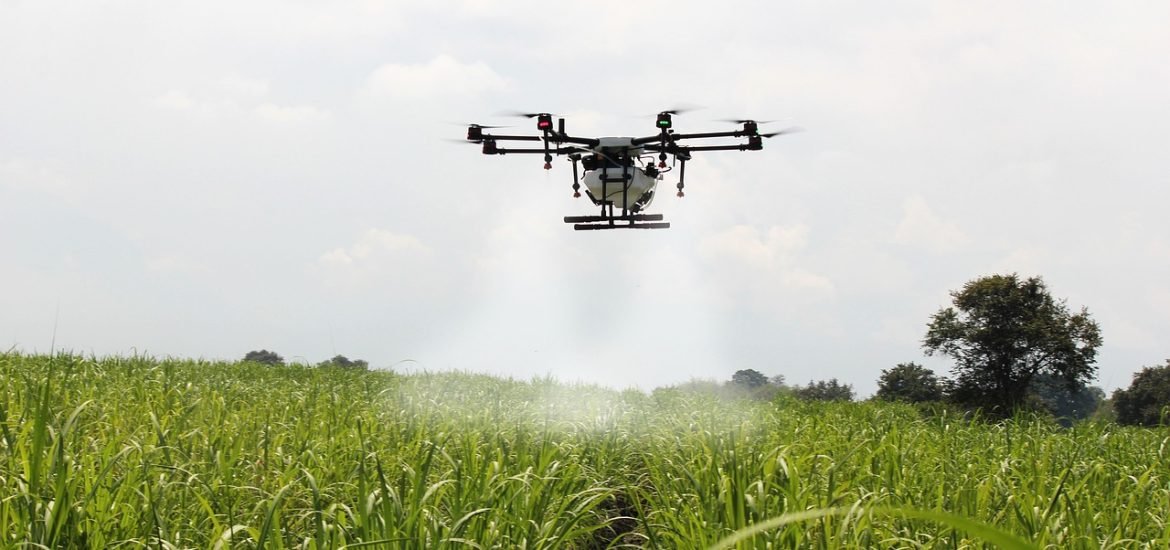
According to a survey just released on the terre-net website, “1,043 farmers answered the question: ‘Do you use intra-parcel modulation on your farm?’ While 71.43% of respondents do not use modulation, 18.7% report that they use a manual version of it, and only 9.8% carry it out in an automated process. In total, 28.5% of farmers use precision agriculture to carry out intra-parcel modulation.” These figures show that precision farming is still not used enough.
Over the past twenty years, new on-board technologies have emerged on our farms. Most of these devices use satellites to geo-locate their functions. There are two main types of applications, for the most part complementary – self-propelled vehicle guidance tools and soil or plant analysis tools.
These high-tech advances have inspired the most pioneering farmers, even though the prices of this equipment have been prohibitive, as they are still at the early adopter stage.
By gaining a better knowledge of the soils, farmers are able to target the right quantities of seeds, fertilisers and even fungicides, in the right place, combined at the right time, and so have been able to make savings where the soil is working well, such as the deepest silts, and to reduce inputs in areas of low potential, sands or stony soils, where the water reserve is a limiting factor. On the other hand, clay soils, which have great cropping potential, will be more demanding, as clay retains fertilisers to the detriment of crops.
The compatibility of on-board tools can often cause communication problems, with some manufacturers using proprietary systems. System creation can be a complicated path to navigate.
The main obstacle to the development of smart agriculture lies in its complexity, and the difficulties of setting it up; it is not a turnkey solution for beginners.
To date, return on investment remains low, with a high cost of implementation, for a relatively low saving on inputs. It is satisfactory on an environmental level, and is an incentive to push performance further.
Smart agriculture will certainly be part of the toolbox for the farmers of tomorrow.
This image of the farm of the future and the many technological solutions it utilises is no doubt light years away from what the average consumer envisages. In fact, influenced by a stream of marketing campaigns, and propaganda from many environmental NGOs, the prevailing public impression of farming, a far cry from modern-day farms, tends to hark back to the past. As head of the “rencontre Ville-Campagne” group [City Meets Countryside], a group that seeks to bring urban and rural people closer together, I have seen the gap that existed between these two worlds and a certain backward-looking view of the agricultural world. To re-use the title of the book by the philosopher Michel Serres, we’re in the era of “Things used to be better!” A nostalgic and backward-looking image has taken root in the minds of consumers, to the point that some are convinced that technology and sustainable agriculture are irreconcilable with environmental issues.
But the very opposite is the case. The more a farm is able to concentrate high-tech solutions, the more chance it has to achieve its aims on the quality and environmental fronts. In fact, it demonstrates better control of the production chain, which will allow economies of scale and control of inputs. Which are all things that environmental NGOs and consumers want. It is therefore a pity that our politicians at national level, as well as at European level, are not aware of these stakes and of the enormous potential of precision agriculture. Instead of turning to outmoded patterns of production with uncertain results, given the challenges facing the agricultural world, they could make strategic decisions that are essential for our common future. Whether it is R & D, innovation or equipment development, considerable financial resources are needed. Let us make it clear: if our decision-makers were better informed on this subject, they would have no hesitation in re-allocating CAP funds in order to develop these priority solutions. Because this can’t wait.
This post is also available in: FR (FR)